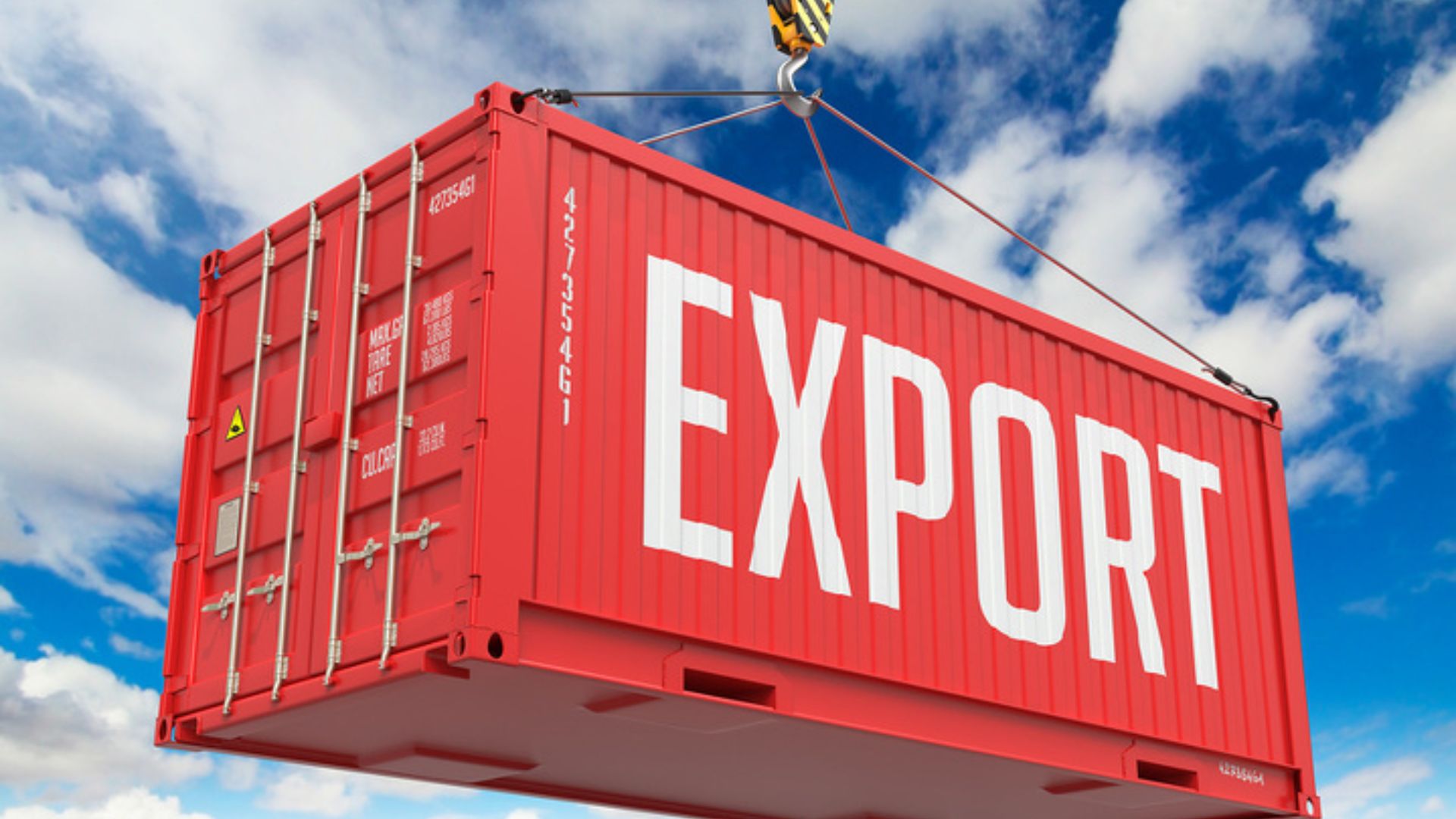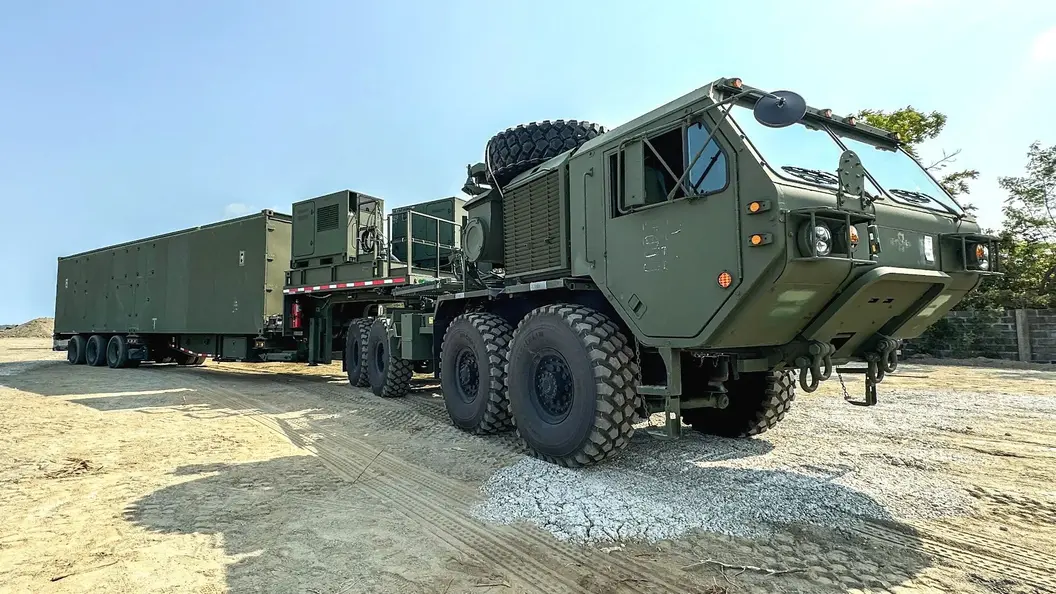Rising freight costs, container shortages, and heavy reliance on major shipping hubs and foreign carriers are posing serious challenges to India’s export industry, according to the Global Trade Research Initiative (GTRI). The think tank highlighted the need for immediate steps to mitigate these risks, including boosting domestic container production, promoting local shipping firms, and reducing dependence on foreign carriers.
Ajay Srivastava, GTRI’s founder, emphasized the urgency of these measures, stating, “India can lower its risk of global supply chain disruptions by increasing domestic container production and encouraging the use of Indian shipping companies for transport.”
Since 2022, shipping rates for a 40-foot container have remained volatile, stabilizing at around $4,775 in 2024—still significantly higher than the pre-pandemic rate of $1,420 in 2019. The inflated rates, Srivastava said, highlight the persistent supply chain challenges in global trade.
MUST READ : Indian Economy Grows 6.7% In April-June Quarter, Below RBI’s 7.1% Forecast
India’s reliance on foreign containers, particularly those from China, further exacerbates the issue. The country produces only 10,000 to 30,000 containers annually, compared to China’s 2.5 to 3 million, leaving India vulnerable to price fluctuations and supply disruptions.
There are reports suggesting China might be stockpiling containers to boost exports ahead of potential trade restrictions, although Srivastava pointed out that the real cause of shortages likely stems from broader logistical inefficiencies, such as port congestion and disruptions in the Red Sea.
In addition, over 90% of India’s cargo is transported by foreign shipping companies, including giants like Maersk, MSC, and COSCO, leaving Indian exporters at the mercy of foreign control over freight rates and access. Only 5-10% of the nation’s trade is handled by Indian firms like the Shipping Corporation of India.
GTRI noted that delays at foreign ports like Singapore are further driving up costs for Indian exporters. If the US-China trade war intensifies, India’s exports may face further disruption.
To address these challenges, GTRI recommended scaling up container production in emerging hubs like Bhavnagar (Gujarat) and Chennai (Tamil Nadu). However, it acknowledged that substantial investments and policy support are needed to meet the growing demand and make India more self-reliant in the global shipping industry.
“India must act swiftly to develop its domestic shipping industry and container manufacturing capabilities to safeguard against rising costs, geopolitical risks, and future supply chain disruptions,” GTRI urged.
Without decisive action, India’s export sector will continue to face steep freight rates and logistical hurdles, which could significantly impact its economic growth and trade prospects in the coming years.


















